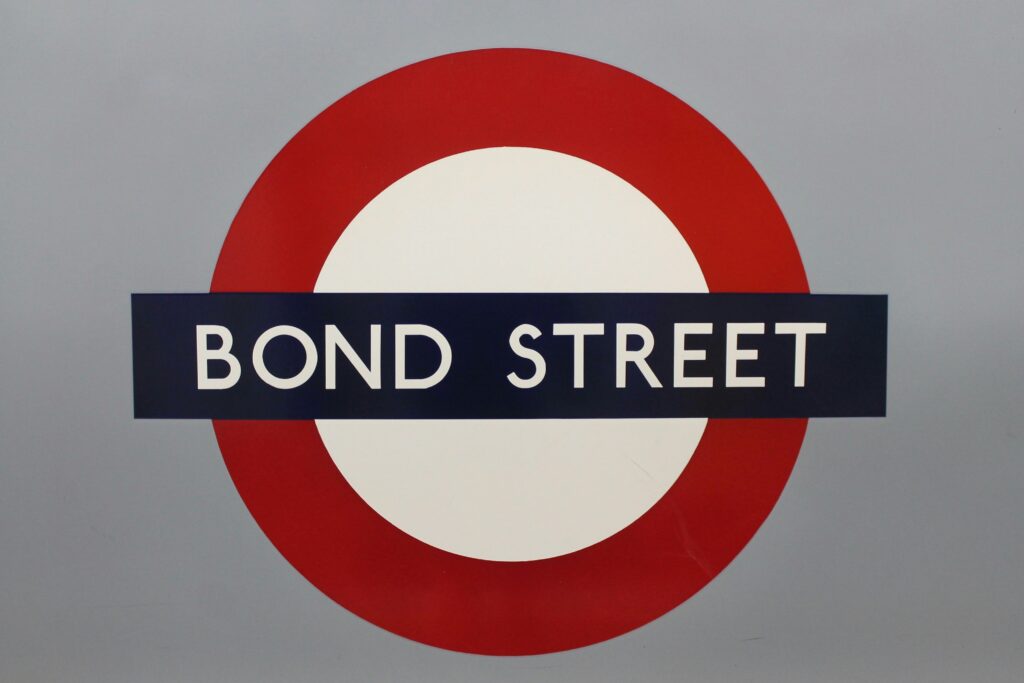
Gilts in the UK: Why Savers Are Rushing to Bonds in 2025
“Uncle, everyone’s talking about gilts lately….are they the new savings account?”
That’s what my cousin blurted out last Sunday, halfway through pouring a glass of wine.
I laughed, not because it’s a silly question, but because it’s exactly the kind of thing more people should be asking right now.
So let’s talk about it. Gilts in the UK are having a moment, and if you’re a saver or cautious investor, you need to know why.
In Case You’re Wondering: What Exactly Is a Gilt?
A gilt is a bond issued by the UK government.
Think of it like this: when the government needs to borrow money (to build roads, pay teachers, etc.), it issues IOUs — and those IOUs are called gilts.
✔ You lend the government your money
✔ They agree to pay you interest (called the coupon)
✔ You get your original money back at the end of the term
They’re called “gilts” because back in the day, the certificates were literally gilded in gold. Fancy, eh?
These are considered one of the safest investments in the UK because, unless the government collapses, you’re getting paid.
Why Are Gilts Booming in 2025?

Three big reasons:
1. Interest Rates Are Still High
When interest rates go up, so do gilt yields (the return you earn for holding them). With the Bank of England holding rates at elevated levels to fight inflation, gilts are finally offering real returns again, some even pushing past 5%.
Compare that to a standard savings account paying 2% or less, and you can see why gilts suddenly look attractive.
2. Market Volatility Has People Seeking Safety
With stock markets wobbling due to global uncertainty, wars, elections, tech layoffs, and tariffs, many investors are shifting into lower-risk assets.
And gilts are as low-risk as it gets.
That’s why UK pension funds, cautious investors, and even high-net-worth individuals are quietly building positions.
3. Tax Advantages for Certain Investors
Gilts in the UK are exempt from capital gains tax, meaning if you sell them for a profit, you won’t get taxed. This makes them particularly appealing for investors looking for both safety and efficiency.
(Always speak to a tax advisor for your personal situation, as this is just education and not advice.)
So, Are Gilts Right for You?
Let me put it this way:
If you’ve got cash sitting in a bank account and you’re not planning to spend it tomorrow, gilts could be a smarter home.
They offer:
• Predictable returns
• Government-backed safety
• No wild stock market swings
But remember this gilts do have risk. If interest rates rise again, the value of your bond could drop on the open market. If you hold to maturity, you’ll still get your full return, but the price might fluctuate in the meantime.
A Quick Timeline: How We Got Here

Here’s how the rise of gilts played out over the last few years:
- 2021: Interest rates at rock bottom — gilts offered returns below 1%
- 2022: Inflation hits hard — Bank of England starts hiking rates
- 2023: Gilt yields rise to 4%+, pension funds take notice
- 2024: Stock market volatility pushes more investors to safe assets
- 2025: Yields above 5% on some issues — retail savers flood in
How to Buy Gilts in the UK (Even If You’re Not a Pro)
You don’t need to be an institutional investor to get started. Here’s how:
- Use a UK Broker: Platforms like Hargreaves Lansdown, AJ Bell, or Interactive Investor allow access to UK gilts.
- Check Government Auctions: You can buy new gilts directly through the Debt Management Office (DMO).
- Gilt Funds or ETFs: If you prefer diversification, go for bond ETFs that hold a mix of gilts. Just note that fees can eat into your returns.
Why Gilts Aren’t Just for “Old Folks”
Some people think bonds are boring, that they’re only for pensioners.
Wrong.
In a world of crypto chaos, property price rollercoasters, and volatile stocks, stability is the new flex.
Adding gilts to your portfolio can help smooth out returns, preserve capital, and offer peace of mind.
You don’t need to go all in, but having a slice of your money somewhere predictable? That’s a wealth-building move.
Final Thought from Uncle Abundance
“Financial freedom isn’t just about chasing high returns. Sometimes, it’s about knowing your money is safe, and still working for you.”
So, whether you’re a cautious saver or a tactical investor, keep gilts on your radar.
They’re not just gold-plated certificates from history; they’re a living, breathing part of the UK’s financial heartbeat. And right now gilts in the UK are pulsing strongly.